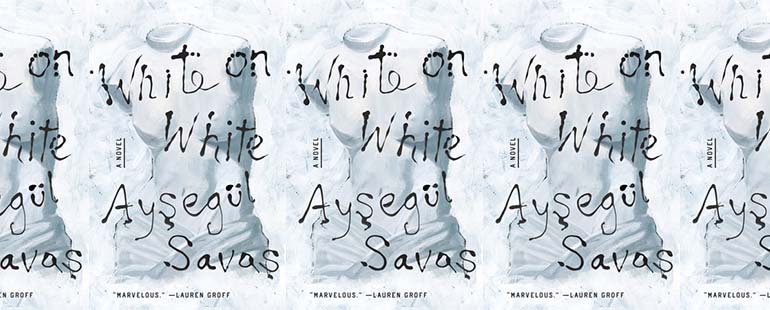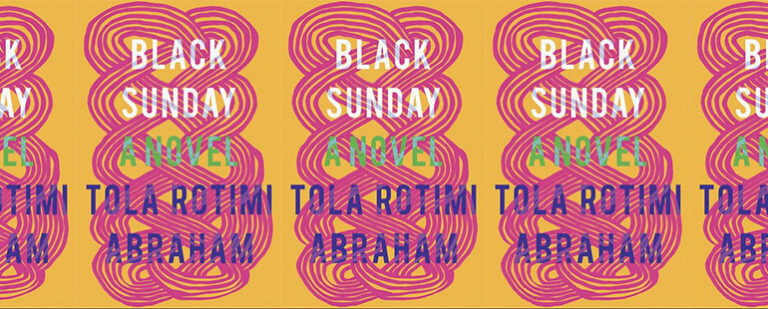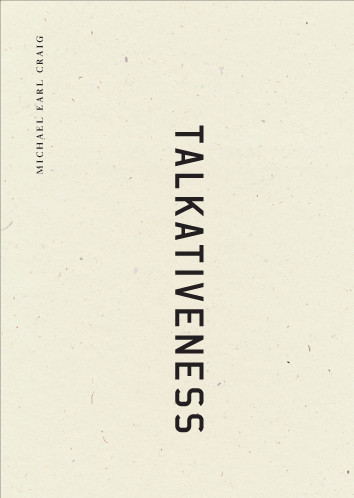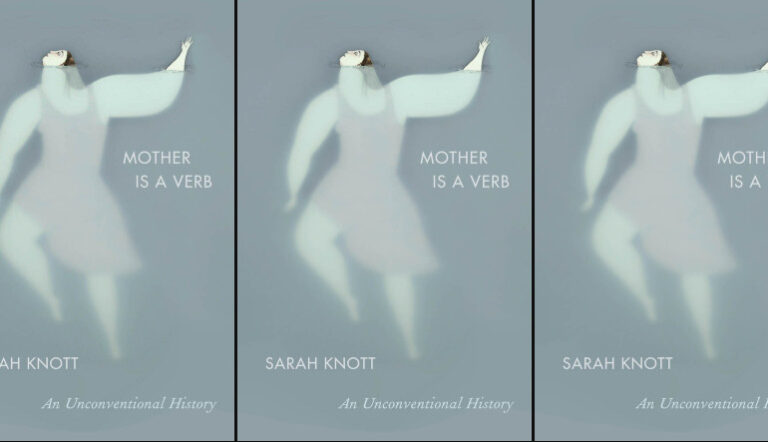Blank Canvases and Self Portraits in White on White

White on White
Ayşegül Savaş
Riverhead Books | December 7, 2021
The narrator in Ayşegül Savaş’s new novel, White on White, is extremely restrained. We learn nearly nothing about them—not their name, gender, nor the name of the city they’ve moved to for their graduate research. What we are given access to is only two of the narrator’s interests: the progress of their research into medieval nude statues and the observations of and monologues spoken by their landlord Agnes, who arrives early in the narrator’s stay in the city and doesn’t leave. With the narrator’s self so far off in the background of the story, Agnes paints a self-portrait of herself on the narrator’s blank canvas..
That the narrator of White on White is a blank canvas is nothing new in literature. W. G. Sebald, Rachel Cusk, and Natalia Ginzburg all employ nearly invisible narrators whose powers of observation are usually turned away from the self. When asked about Sebald’s technique in an interview with Bomb Magazine about her first novel, Walking on the Ceiling, Savas commented, “He’s created a richer vision of human experience which goes beyond the minutiae of our own memories and sensations.” In White on White, the “rich vision” allowed by the blank narrator is unsettling. Without the narrator telling us what to think, we’re left on our own to answer who these people are and what they mean to each other.
Savaş explores Agnes and the narrator’s relationship, and what they mean to each other, through a simple plot: The narrator moves to the nameless city and rents Agnes’s apartment under the condition that she can use the upstairs studio whenever she’s in the city. When they first meet, Agnes, an older woman who is elegantly dressed, speaks with confidence about the inwardness necessary for painting. They continue to meet, in and out of the apartment as Agnes unfolds her life story—about how she became a painter, her satisfactions and dissatisfactions of motherhood and marriage, and her relationship with her family. Her monologues are written as exposition punctured by brief lines in quotations, reminding the reader that Agnes isn’t actually the narrator.
Their conversations are rendered in Savaş’s restrained and spare prose, which perfectly explores the relationship between the blank narrator and self-portrait painting Agnes. And the writing’s steady sparsity echoes thematically throughout the novel. The most compelling is the narrator’s study of medieval nudity. In considering the obstacles inherent in understanding medieval sculptors, the narrator thinks, “There was no clear course of study for entering another’s consciousness, historical or not. This was as difficult a task as undoing one’s own mind, unraveling each layer of thought with all its prejudices and assumptions.” While the narrator doesn’t judge Agnes’s words or actions—only complimenting her sometimes—Agnes makes stronger and stronger judgements about the narrator as the novel progresses.
But by the middle of the book, Agnes is no longer an example of self-confidence. She rarely leaves the apartment and has stopped painting. Her marriage has fallen apart and with it the performance of the many roles she had taken on during her life—wife, mother, friend. The narrator registers the change as a lack of her previous charisma, but doesn’t ask Agnes why she is still at the apartment. Instead, it’s up to Agnes to probe the narrator’s blankness: ‘“It’s difficult to tell,’ [she] said, ‘whether you are exceedingly polite or willfully blind.’” Agnes follows this with a judgement of herself: “All these months, she hadn’t considered the most obvious facts staring her in the face.” Agnes and the narrator are the same; they both believed Agnes’s performance of confidence was the real thing.
With Agnes’s vulnerability so exposed, she asks outright for the narrator’s sympathy, but the narrator refuses to extend such a kindness, avoiding the request as they avoid any questions that demand an affinity. Sympathy requires judgement, and judgement, along with the narrator’s other biases, has been “unraveled” and tossed out. What is left are two people in an artist’s studio, complete strangers to each other. By the end of White on White, Savas’s message is clear: it is impossible to fully understand another person. The most we can hope for in our crossed dealings with each other is that sometimes our performance will clear, and we can catch a pure reflection of who we are, whether we like it or not. White on White goes deep into human experience, beautiful and fraught, delivering a renewed perception of what it means to be a person among other people.


